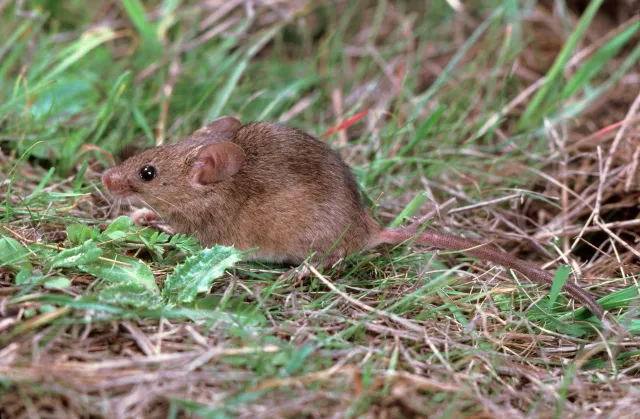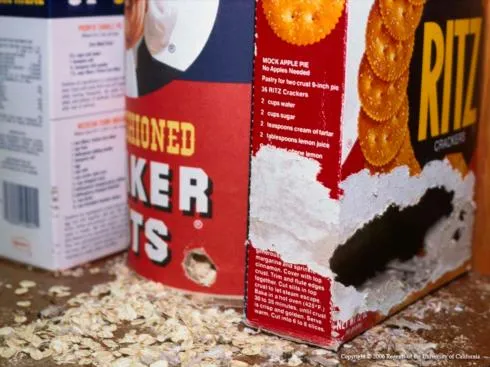While they may look cute, no one really wants a mouse around the house. House mice eat up to 20% of their body weight daily, eating whatever food is available. They can contaminate our food and their gnawing can damage buildings, wiring, insulation, food packages, and more. Many fires of unknown origin are believed to be caused by house mice gnawing on electrical wires.

House mice can be difficult to control once they've found shelter in a building because they reproduce year-round, with one female having as many as 60 babies in a single year. Exclusion is the most successful and permanent form of house mouse control. They can squeeze in through an opening the size of a dime so it's important to eliminate all gaps and openings into your home.
For more information, see the newly revised Pest Notes: House Mouse fact sheet. This publication was updated by Dr. Niamh Quinn, UC Human-Wildlife Interactions Advisor and Dr. Matthew Frye of the Cornell IPM Program to include expanded sections on the biology of the house mouse, details on damage, trapping techniques, and updates on available rodenticides.


